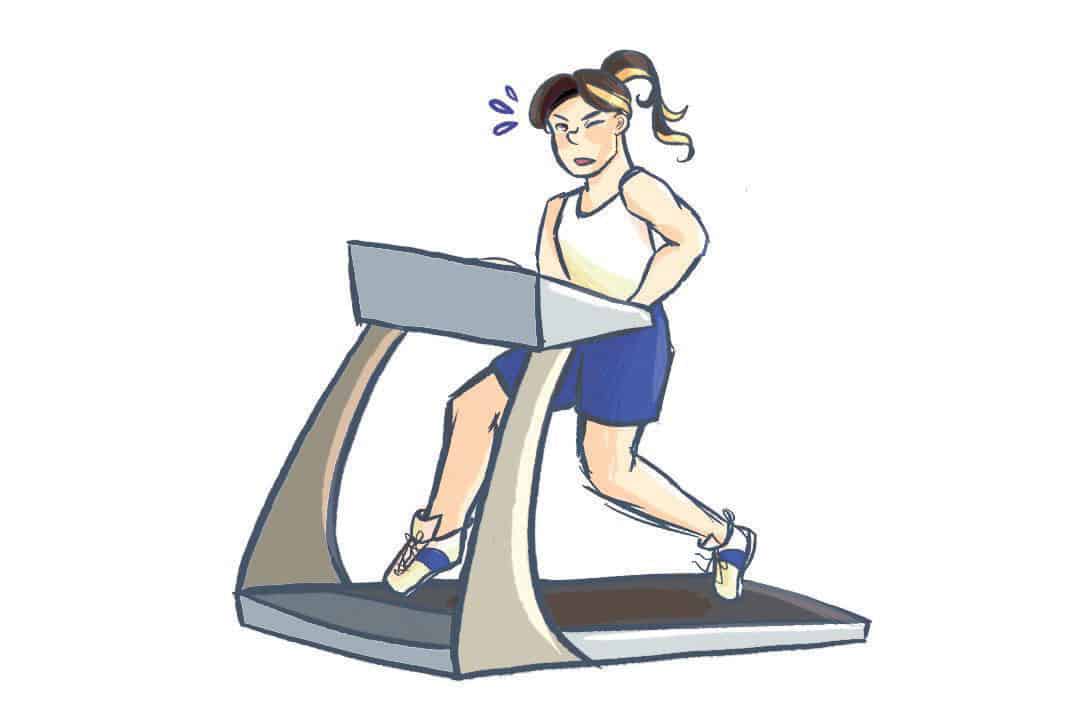The mental health crisis affects international students in unique ways due to additional stressors such as acculturation — the changes that result from contact with culturally dissimilar people, groups, and social influences. A recent thesis by Douglas Enrique Rosa, who recently completed his Master of Science at U of T’s Department of Exercise Sciences, dealt with how exercise could supplement psychotherapy and psychiatry, particularly for vulnerable international students.
Rosa completed a literature review and conducted two studies to submit his thesis under the supervision of Dr. Catherine Sabiston, a professor at the Faculty of Kinesiology & Physical Education and Canada Research Chair in Physical Activity and Mental Health.
Why do international students face so much stress at universities?
In one of Rosa’s studies, he analyzed data from domestic and international students from a 2016 national health survey that involved 605 international students and 4035 domestic students.
“We did notice that international students are experiencing the same amount of stress, the same amount of high mental illness as domestic students,” Rosa told The Varsity.
Rosa found in his thesis that students generally reported high levels of stress, which was significantly correlated with mental illness symptoms. Yet Rosa also found a significant negative association between mental illness symptoms and physical activity, and conversely a positive relationship between exercise and mental health.
“Physical activity could be one of those good positive avenues to help international students feel better on campus whenever they come to our university,” remarked Rosa.
However, according to the survey analysis, only 12 per cent of international students and 15 per cent of domestic students met the World Health Organization’s physical activity guidelines of at least 150 minutes of moderate to vigorous physical activity per week.
To follow up, Rosa’s second study involved interviews with 12 international students as an initial small-scale study.
The participants reported different sources of stress, including financial concerns, difficulty connecting with peers, perceptions of discrimination, and high academic stress. These combined factors limited the time they perceived to be available for physical activity.
Though exercise does not directly resolve the major sources of stress affecting international students, Rosa wrote in his thesis that three major studies have associated exercise with increased cognitive performance — such as improved attention, reading accuracy, and memorization.
Rosa concluded in his thesis that physical activity could be an effective coping strategy for international students to adapt to the stresses of entering their new university environment. His studies could be useful for advocates’ plans to better accommodate international students, noted Sabiston to The Varsity.
The implications of Rosa’s research
Rosa’s studies have enabled researchers to better understand the barriers to physical activity among international students on campus, wrote Sabiston, which could help “suggest ways to initiate actionable strategies targeting international students specifically.”
Reflecting on his research, Rosa said that physical activity is an important part of his life. While advocates often do an effective job at highlighting the importance of physical activity, he noted, there can be ways to improve the messaging for international students.
“[Rosa’s] work is the tip of the iceberg in the overall care and support for this important group of students on campus,” Sabiston wrote. “Now we can test some of the suggested ways to intervene and see if they work to improve physical activity and mental health.”
As a direct result of Rosa’s studies, Sabiston’s faculty secured a grant from the International Students Experience Fund.
The grant has enabled the team to improve activities geared toward increasing the physical activity of international students, holding focus groups for answering lingering questions from Rosa’s research, and drafting unique messages for physical activity, according to Sabiston.
“Douglas’s findings supported the need for more tailored or directed attention on international students within Sports and Rec on campus,” she wrote.


